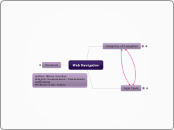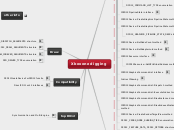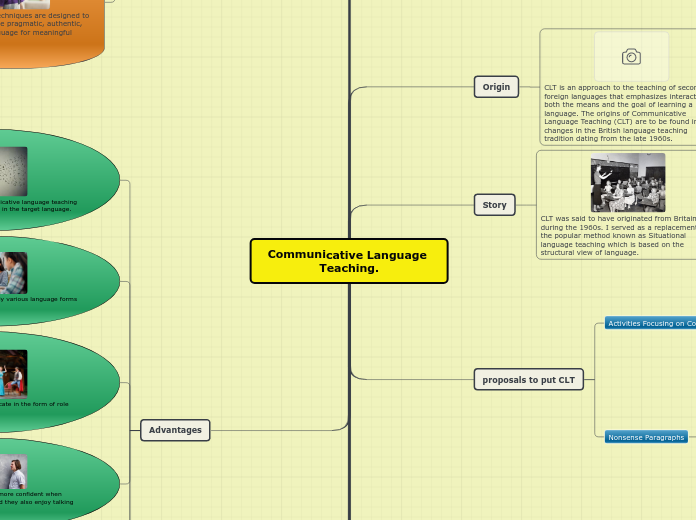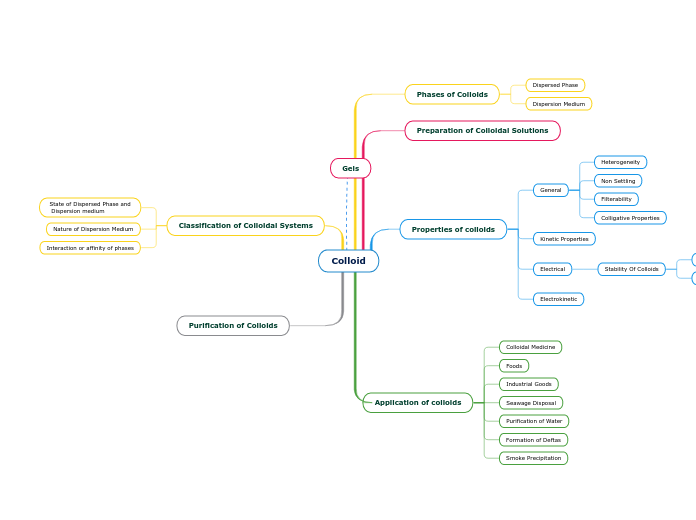Author: Mireia González
Subject: Documentació i Comunicació audiovisual
Professor: Lluis Codina
Web Navigation
Resources
Designing web navigation by James Kalbach
Page Types
People recognize different type pages quickly. This sets expectations for navigation and affects how people interact with the site.
Functional Pages
Functional pages allow people to complete a task online, such as conduct a search or send an email.
Function Types
Web Applications
Web applications refer to a range of pages that contain interactive features and functionality. People accomplish tasks on these pages: they write emails, edit spreadsheets, manage projects, and so forth.
Generally the functions to manipulate the datasheet at the top closely resemble software navigation
More advanced types of applications are becoming more common, mirroring desktop programs
As web technologies become more robust, online applications will become more common
Submission Forms
Forms allow people to submit information. This might be to create an online account or profile, to apply for a job, or to reserve a car, for example.
Such forms require explicit action to save data
As with search pages, associative navigation on forms is discouraged
Search Forms
It is quite typical for the site search feature to be a small input field on the home page or on all pages of a site. Sometimes, however, a more detailed search is required, typically called an advanced search.
Word wheels
Scoping options
There might be links to
Hide options
Other explanations
Help
Search tips
It usualy requires more space; consequently, a separate page is usually needed
This offers more control tha a simple search
Users need to focus on completing the task at hand, but linking to another page while filling out a form or finishing a process may result in loss of input
Protecting user-entered data will prevent visitors to fill it in again after they navigate away from the page, accidentally erase the form, or interrupt a submission process.
They often lack embedded navigation and related links
There may be little or no text on such pages
They are often the destination page tat fulfills a user need
Content Pages
Content Pages are the fundamental currency of the Web.
On information-rich web sites there could be a Product Page
They often contain several functional elements
Email this page
Change size or color
View larger images or zoom in
Save to a wish list
Add to shopping cart or purchase
Typical elements
Related products
Further details
Product descriptions
Product pictures
There might not be too many graphics or images
This allows readers to engage the text without becoming distracted.
The focus should be the content
Navigational Pages
They direct people to the content they are looking for.
Key navigational pages
Search Result Pages
They are dynamically created based on user-entered keywords
That is why they do not necessarily show the same results as a Gallery Page but other general content without providing a general view.
They are similar to Gallery Pages
Gallery Pages
They are similar to Landing Pages but there are some differences to consider.
They contain critical shopping information and allow visitors to compare products
They provide an overview of a specific group of products or content
Landing Pages
Also called: sub-section start pages, category pages, overview pages, department pages.
They must provide both local and global orientation
They provide an outline to the content in a given section
Home Page
It is often viewed as a chance to market products or promote a brand image
They contain text content or functionality but in abbreviated format only
They direct visitors to key areas of the web page
Categories of Navigation
Several aspects distinguish types of navigation:
• the type of content a mechanism accesses
• Behavior of the navigational links and transition to the next page
• the tasks and modes of seeking the mechanism supports
• Visual treatment of navigational options
• the position of a navigation on a page
Utility Navigation
It connects pages and features that help people use the site itself; these may lie outside the main hierarchy of the site.
Internal page navigation
Also called: anchor links, jump links.
Couns
if the last section of content is short, an internal link to it at the top may not scroll to the proper position: it may be shown at the top of screen.
Internal links may or may not be shown as visited links, depending on the link construction and browser.
People may expect a transition to a new page when clicking a link, but instead, they are simply moved down on the same page.
Pros
When web pages are very long it may be advantageous to add internal page links that allow people to jump from one section of a page to another.
Language and conuntry selectors
Note that language selection and country selection are different activities. For instance, eBay sites in the U.s., U.K., and australia all appear in english, but each has different products available in each version of the site.
Different content for each country
A country selector allows visitors to pick their market region.
Same content for different counties
In a multilanguage website this tool allows people to switch between different languages.
Linked logos
It is customary to link the homepage to provide a predictable way to return to a familiar starting point.
Toolboxes
Toolboxes bring together site options that perform functions—“tools” for doing things on the site.
Extra-site navigation
This type of meta-navigation allows people to switch to related web properties owned by a single provider.
It can appear as simple text links on the top, sides, or bottom of the page and often related to main navigation
It is generally smaller than primary navigation mechanisms
It may lead to varying page types or site functions
They are generally not part of the main topic hierarchy of the site.
Associative Navigation
It connects pages with similar topics and content, regardless of their location in the site
Common types
Footer Navigation
s
it can lack consistency in an organizational scheme
Pros & Cons
Links in a footer area may not be as visible as navigation elsewhere on the page
scrolling longer pages becomes less problematic
It doesn’t intrude on site content or functionality, potentially saving valuable real estate
It commonly contains supplementary information not pertinent to main topic of the site
This information may not be pertinent to main topic of the site or doesn’t address a specific user need, but might adress a legal requirement for site owner.
It is usually represented by text links
Generally located at the bottom of the page
Quick links
Quick links provide access to important content or areas of the site that may not represented in a global navigation.
They often appear at the top or on the sides of pages, but on subsequent pages they may be reduced to a drop-down or dynamic menu.
Contextual Navigation
Also called: associative links, related links.
Adaptative Navigation
It is a special kind of a contextual navigation. Its links are generated from a process which relies on an algorithmic ranking based on user: if many people read something, it must be good. In this case, link relevance turns out to be a socially constructed phenomenon.
Related links
Contextual navigation may appear at the end or to the side of content.
Embedded Navigation
There may be an explicit indication to prepare users for more disjointed interaction. Links in the text lead to other pages in the site on various levels of the structure.
Though links may transition to similar pages at the same level within the site, they quite frequently lead to new content areas, different page types, or even a new site.
It creates a strong connection between the meaning of a text and the linked related pages
It is generally placed close to the content of a page
While reading about one topic, the user can access to other topics
Structural Navigation
Connects one page to another based on the hierarchy of the site
Types
Local Navigation
Also called: sub-navigation, page-level navigation.
Format types
Embeddedvertical
Horizontal
Inverted L
Local navigation is used to access lower levels in a structure, below the main navigation pages. It generally shows other options at the same level of a hierarchy, as well as the options below the current page.
Local navigation can be considered an extension of the main navigation.
It also points to content a visitor might not have known existed
It supports general exploration
It provides a great deal of context
... such as which topics belong together, related content, and so forth.
Transitions from page to page with a local navigation are smooth and consisten
Main Navigation
Also called: global navigation, primary navigation, main nav.
Characteristics
The links in the main navigation are expected to lead to pages within the site and behave in a very consistent way. Users don’t expect to land somewhere completely unrelated when using main navigation links.
It gives shape to a site: in many ways it defines the boundaries of the site itself
Reminds visitors where they are in a site
It allows people to switch topic
Aids in orientation
Provides an overview and answers important questions









